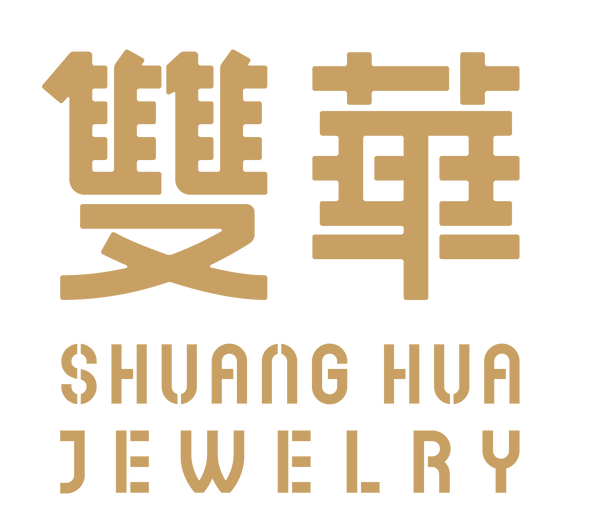Jade, a stone of mesmerizing beauty and profound cultural significance, has been treasured for thousands of years across various civilizations. From ancient Chinese dynasties to Mesoamerican empires, jade has been more than just an ornamental gem; it has served as a symbol of power, purity, and spiritual harmony. In this article, we explore the rich history and cultural significance of jade, particularly its deep-rooted connection with Eastern traditions.
Origins and Early Use of Jade
Jade has been used for ornamental and practical purposes since prehistoric times. The earliest known jade artifacts date back to around 5000 BCE, found in ancient burial sites in China and Central America. Due to its toughness and durability, early civilizations initially used jade to create tools, weapons, and ceremonial objects.
In ancient China, jade was known as "yu" (玉), a word that carried connotations of beauty, virtue, and immortality. The Chinese regarded jade as the "stone of heaven," believing that it could ward off evil and bring good fortune. Confucius, the great philosopher, once compared the qualities of jade to noble virtues, emphasizing its purity, clarity, and resilience.
Jade in Chinese Culture
The significance of jade in Chinese culture cannot be overstated. It was highly revered by emperors and scholars alike, often used in religious rituals and imperial adornments. During the Shang and Zhou Dynasties (1600-256 BCE), jade was crafted into intricate objects such as burial suits, pendants, and ceremonial blades.
One of the most famous jade artifacts from ancient China is the bi (璧), a flat, circular disc with a hole in the center. The bi was often placed in tombs as a symbol of heavenly connection and spiritual enlightenment. Similarly, the cong (璌), a square tube with a round inner section, was believed to represent the harmony between heaven and earth.
Even today, jade remains a symbol of status and good fortune in Chinese culture. It is commonly gifted during significant life events, such as weddings and birthdays, as a token of protection and prosperity. Many people wear jade bracelets or pendants, believing that the stone absorbs negative energy and enhances well-being.
Jade in Other Cultures
While China is undoubtedly the most prominent culture associated with jade, other civilizations have also valued this exquisite gemstone. The Mayans, Aztecs, and Olmecs of Mesoamerica used jade extensively for religious artifacts, masks, and burial offerings. In their culture, jade was considered more valuable than gold and was often reserved for the elite.
Similarly, the Maoris of New Zealand treasured jade, known as pounamu, for its spiritual significance and use in crafting weapons and ornaments. Maori warriors often wore jade pendants called hei tiki, believed to bring strength and wisdom to the wearer.
Types of Jade and Their Meanings
Jade comes in two main varieties: nephrite and jadeite. Nephrite, the more common type, is found in shades of white, green, and brown. Jadeite, which is rarer and more precious, occurs in a vibrant range of colors, including the highly prized "imperial jade"—a deep emerald green variety.
Different jade colors are associated with various meanings:
-
Green Jade – Symbolizes harmony, prosperity, and longevity.
-
White Jade – Represents purity, clarity, and peace.
-
Yellow Jade – Associated with wealth and ambition.
-
Lavender Jade – Encourages emotional balance and healing.
These symbolic meanings contribute to jade's continued popularity in jewelry and spiritual practices worldwide.
The Art of Jade Crafting
Jade carving is an ancient art form that requires exceptional skill and patience. Unlike other gemstones, jade is extremely tough, making it difficult to carve with conventional tools. Ancient artisans used abrasives and fine polishing techniques to shape jade into intricate figures, ornaments, and jewelry.
Modern jade artisans continue this tradition, blending traditional techniques with contemporary designs. Many jade jewelry pieces, such as jade rings, necklaces, and bracelets, showcase meticulous craftsmanship that reflects the stone's elegance and timeless appeal. If you are looking for exquisite jade jewelry, consider browsing the collection at Shuang Hua, where each piece embodies the essence of tradition and artistry.
Jade in Contemporary Fashion and Feng Shui
Today, jade continues to captivate people worldwide, not only as a fashion statement but also as a meaningful gemstone in Feng Shui practices. Many believe that placing jade objects in homes or offices can attract positive energy and balance one's surroundings.
In the fashion industry, jade jewelry is highly sought after for its versatility and elegance. From minimalist jade pendants to elaborate jade-studded rings, the stone’s timeless charm makes it a favorite among collectors and fashion enthusiasts alike.
Conclusion: The Eternal Allure of Jade
Jade is more than just a gemstone—it is a bridge between the past and present, a symbol of tradition, and a bearer of positive energy. Its enduring legacy in various cultures underscores its unique blend of beauty, strength, and spiritual significance. Whether you admire it for its cultural history, aesthetic appeal, or metaphysical properties, jade remains an irreplaceable gem in the world of jewelry and art.
For those who appreciate the artistry of jade, exploring authentic jade jewelry at Shuang Hua offers a glimpse into the exquisite craftsmanship and heritage that make jade truly timeless.

